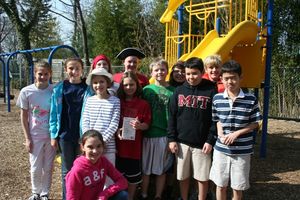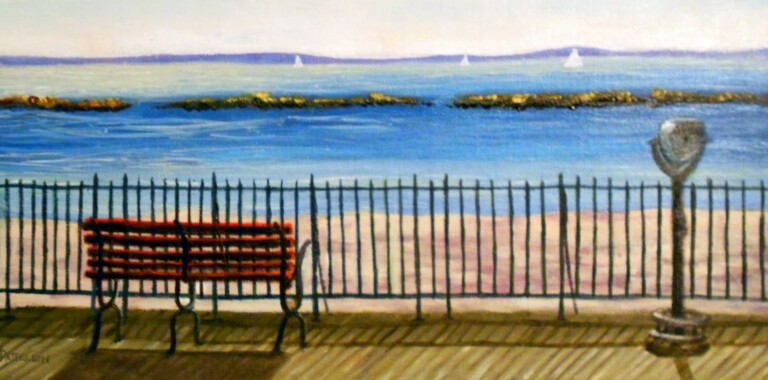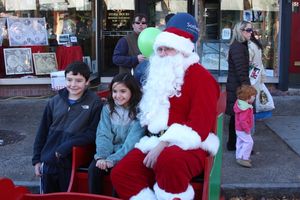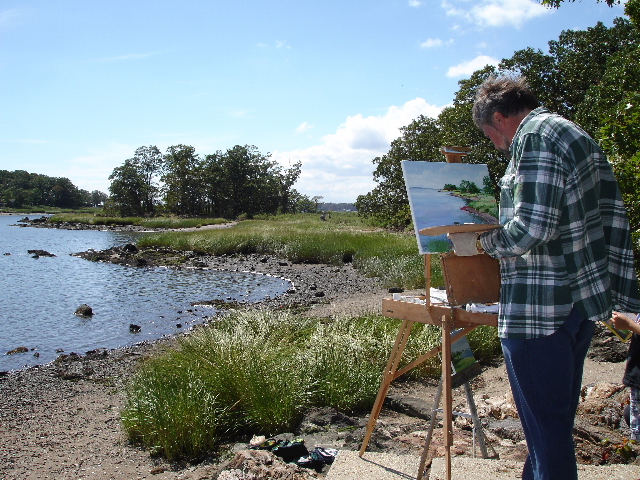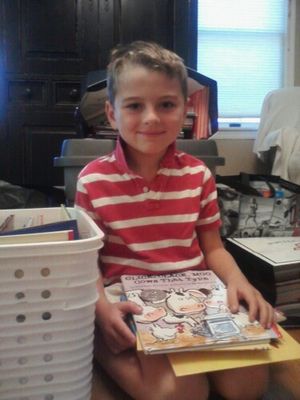Zabars Circa 1609 at Jay House Sunday
Most of us in Rye are bankers, lawyers, marketers and other assorted trades. But when is the last time you met some guy at the local BBQ who said he was a landscape ecologist?
Sounds like an endangered species to me. You can see and hear one of these Sunday at the Jay Heritage House on the Post Road at 3pm.
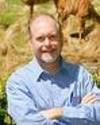 Eric W. Sanderson, a landscape ecologist and historian at the Wildlife Conservation Society is going to discuss his "Mannahatta Project". Using "historical maps and records, modern ecological theory and old-fashioned scientific sleuthing, and the latest in computational geography" he has reconstructed what Manhattan looked like in 1609.
Eric W. Sanderson, a landscape ecologist and historian at the Wildlife Conservation Society is going to discuss his "Mannahatta Project". Using "historical maps and records, modern ecological theory and old-fashioned scientific sleuthing, and the latest in computational geography" he has reconstructed what Manhattan looked like in 1609.
Apparently, Manhattan looked a lot like Rye Marshlands.
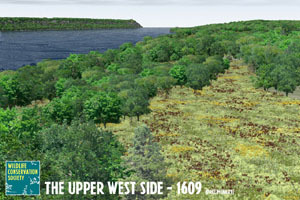 (PHOTO: Many Rye residents moved from Manhattan’s Upper West Side. Not sure where Zabar’s is in this photo or where you hail a cab.)
(PHOTO: Many Rye residents moved from Manhattan’s Upper West Side. Not sure where Zabar’s is in this photo or where you hail a cab.)
The Jay Heritage folks tell us:
"Eric Sanderson is a landscape ecologist, working at the boundary of ecology and geography, but gripped by history and the power of the informed human imagination. He mapped the Human Footprint and Last of the Wild, the first ever visual representation of modern humanity’s impact on its only planet.
Using some of the best available science, state-of-the-art GIS mapping, and satellite technology, as well as the most compelling images created by some of the world’s best photographers, author, Eric Sanderson illustrates the mark of humans on planet Earth. He discusses avenues of action necessary to address our most pressing challenges, the severity of the problems and also what can be done to make life on Earth better.
Discover what the human footprint means for our planet’s biodiversity and for humanity’s well being, and more importantly what we can all do to turn the human footprint from a destructive force into one of hope for all life on Earth.
Eric will discuss his book “The Human Footprint” and his current work on the Mannahatta Project. Now, using a combination of historical maps and records, modern ecological theory and old-fashioned scientific sleuthing, and the latest in computational geography, he is literally reconstructing the ecology of Manhattan stream by stream and hill by hill, rebuilding the place the Native Americans knew and that European Henry Hudson caught sight of in 1609."
Admission is $5.00 and students and seniors are free. For reservations call Heather Craane 914-698-9275 or email JAYHC@EARTHLINK.NET.SUNDAY,
Sunday, June 8th at 3pm at the 1907 Van Norder Carriage House, Jay Heritage Center, 210 Boston Post Road, Rye.

